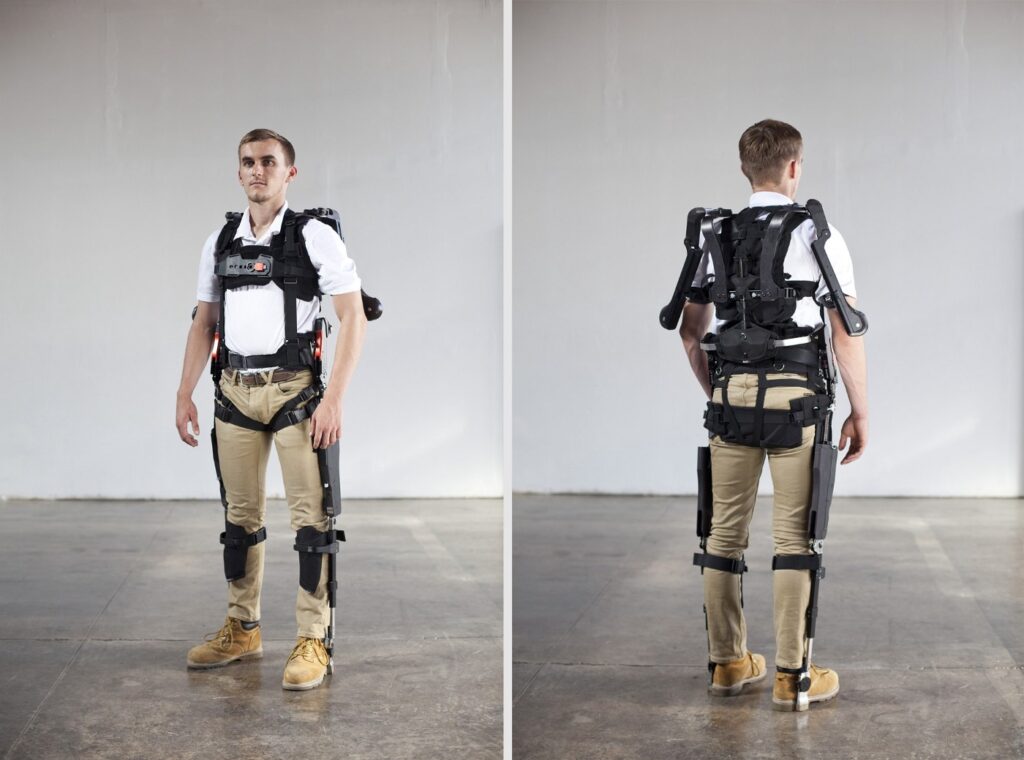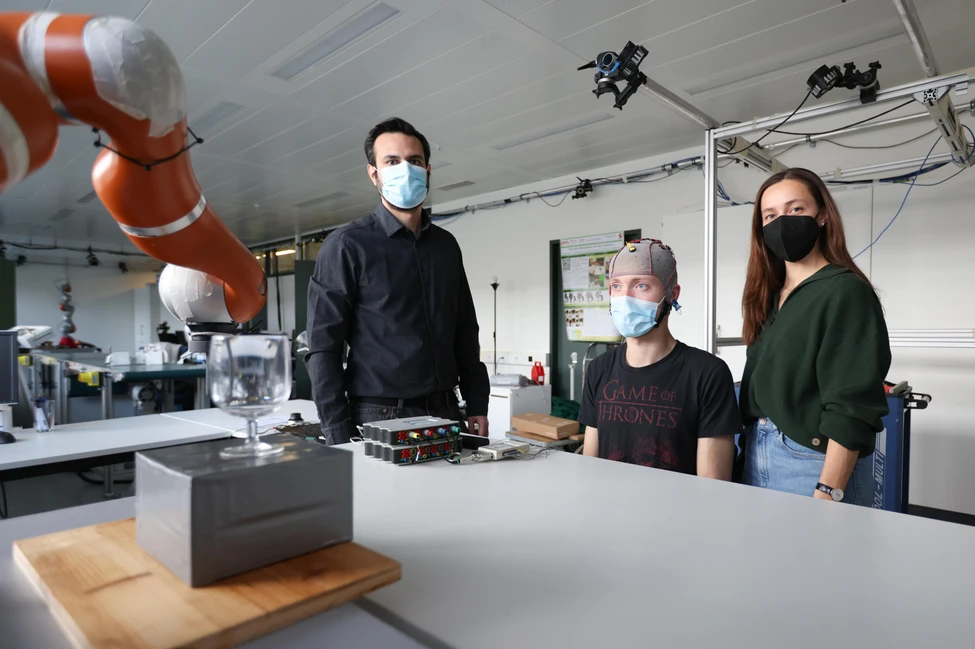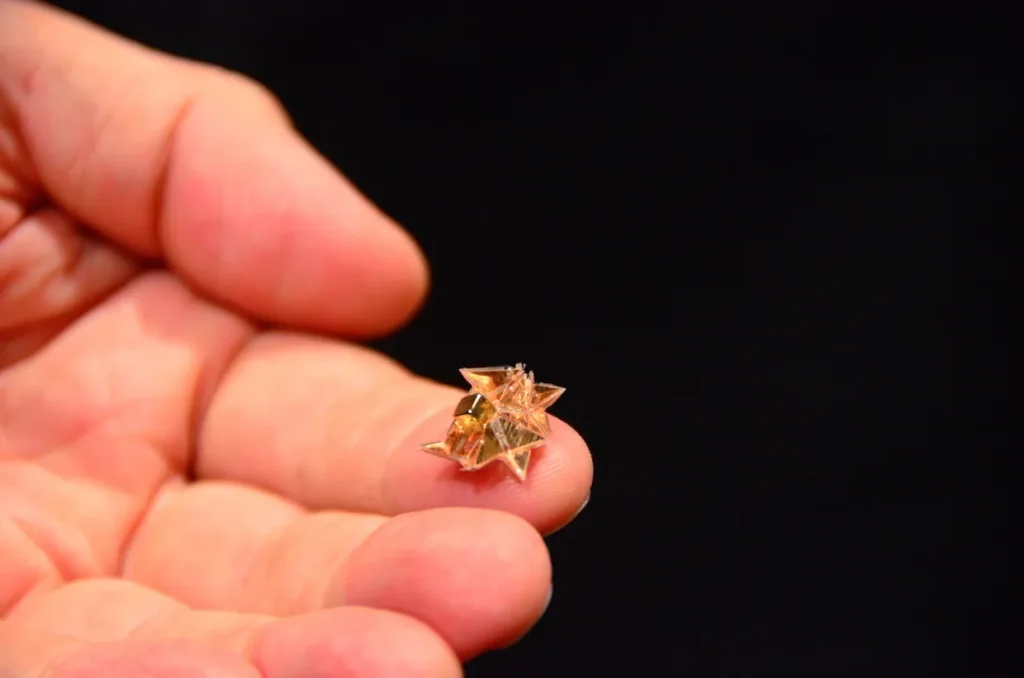Superheroes have captivated audiences for decades with their incredible abilities, from Superman’s superhuman strength and speed to Spider-Man’s spider-like agility and powers. But what if these abilities were not just the stuff of fiction? Could science one day make superpowers a reality?
Super Strength

Superheroes like Superman and the Hulk possess incredible strength, able to lift and move massive objects with ease. While humans do not currently possess the ability to lift cars and trucks, scientists are exploring ways to enhance human strength through exoskeletons. One example is the powered exoskeleton suit developed by the Wyss Institute for Biologically Inspired Engineering at Harvard University, which can assist users in lifting heavy weights and performing other physically demanding tasks. The exoskeleton suit uses a combination of motors, sensors, and control algorithms to provide powered assistance to the user’s movements. The suit can enhance the user’s strength by a factor of 10, enabling them to lift weights that would otherwise be impossible to lift. The technology has potential applications in rehabilitation and physical therapy, as well as in industrial and construction settings.
Super Speed

Characters like the Flash and Quicksilver possess incredible speed, able to run at superhuman speeds. While the human body is not capable of reaching such speeds, scientists are researching ways to enhance human movement through the use of prosthetics. One example is the robotic leg developed by the Vanderbilt University, which uses a computer algorithm to adjust the stiffness of the leg in real-time, allowing for a more natural and efficient gait. The robotic leg uses a combination of sensors, actuators and control algorithms to adjust the stiffness of the knee and ankle joints. It can enhance the user’s speed by a factor of 1.5 and can also reduce the metabolic cost of walking by 25%. The technology has potential applications in prosthetics, physical therapy and sports training.
Super Healing

Characters like Wolverine and Deadpool have the ability to heal quickly from injuries, a power that scientists are currently researching through regenerative medicine. One example is the use of stem cells to repair damaged tissue and organs. Researchers at the Wake Forest Institute for Regenerative Medicine have been able to successfully print functional human skin, blood vessels, and heart tissue using stem cells. The technology is based on the ability of stem cells to differentiate into any type of cell in the body and to repair or replace damaged tissues. The technology has potential applications in tissue engineering, organ replacement and wound healing.
Super Intelligence

Characters like Iron Man and Batman possess incredible intelligence, able to solve complex problems and invent advanced technology. While humans cannot currently increase their IQ, scientists are researching ways to enhance cognitive abilities through brain-computer interfaces. One example is the development of brain-computer interfaces (BCIs) that allow individuals to control devices with their thoughts. Researchers at the University of California, Berkeley have been able to successfully develop a BCI that can allow users to control a robotic arm using only their thoughts. The technology is based on the ability of the brain to produce electrical signals that can be decoded by a computer and used to control a device. The technology has potential applications in prosthetics, communication and human-computer interaction.
Invisibility

Characters like the Invisible Woman and the Predator possess the ability to become invisible, a power that scientists are currently researching through the use of metamaterials. One example is the development of metamaterials that can bend light around an object, making it invisible to the naked eye. Researchers at Duke University have been able to successfully create a metamaterial cloak that can make an object invisible in the microwave frequency range. The technology is based on the ability of metamaterials to manipulate the flow of light around an object, creating a “cloaking” effect. The technology has potential applications in stealth technology, communication and sensing.
Teleportation

Characters like Nightcrawler and Blink possess the ability to teleport, a power that scientists are currently researching through the use of quantum mechanics. One example is the development of a quantum teleportation device that can teleport information from one place to another without physically moving it. Researchers at the University of Science and Technology of China have been able to successfully teleport information over a distance of 97 km using a device based on quantum entanglement. The technology is based on the ability of quantum particles to become “entangled” and share information instantaneously, regardless of distance. The technology has potential applications in quantum computing, communication and sensing.
Telekinesis

Characters like Jean Grey and Professor X possess the ability to move objects with their minds, a power that scientists are currently researching through the use of brain-computer interfaces. One example is the development of a brain-computer interface that can allow users to control a robotic arm using only their thoughts. Researchers at the University of California, Berkeley have been able to successfully develop a BCI that can allow users to control a robotic arm using only their thoughts. The technology is based on the ability of the brain to produce electrical signals that can be decoded by a computer and used to control a device. The technology has potential applications in prosthetics, communication and human-computer interaction.
Shape-shifting

Characters like Mystique and Mr. Fantastic possess the ability to change their shape and form, a power that scientists are currently researching through the use of nanotechnology. One example is the development of nanorobots that can change shape and form in response to their environment . Researchers at the Massachusetts Institute of Technology have been able to successfully develop a type of nanorobot called a “origami robot” that can fold itself into different shapes and perform different tasks. The technology is based on the ability of nanorobots to manipulate their own structure and movement at a molecular level. The technology has potential applications in medicine, manufacturing, and environmental monitoring.
In conclusion, the science of superpowers is an exciting field of research that has the potential to enhance human abilities in ways that were once thought to be only possible in comic books and movies. While we may not have superheroes like Superman and Spider-Man just yet, the advancements in exoskeletons, prosthetics, regenerative medicine, brain-computer interfaces, metamaterials, quantum mechanics and nanotechnology are bringing us one step closer to realizing the full potential of human abilities. It is important to consider the ethical implications of any advancements in these fields and to use them responsibly for the betterment of humanity.











